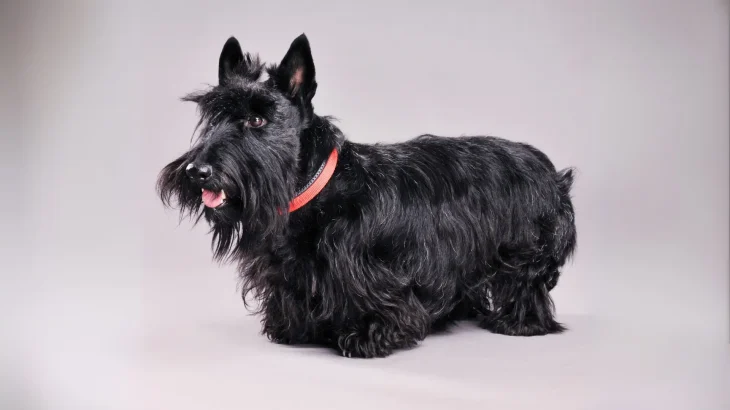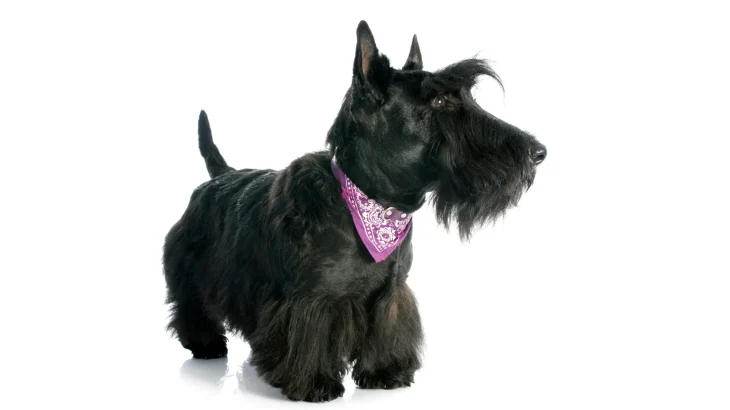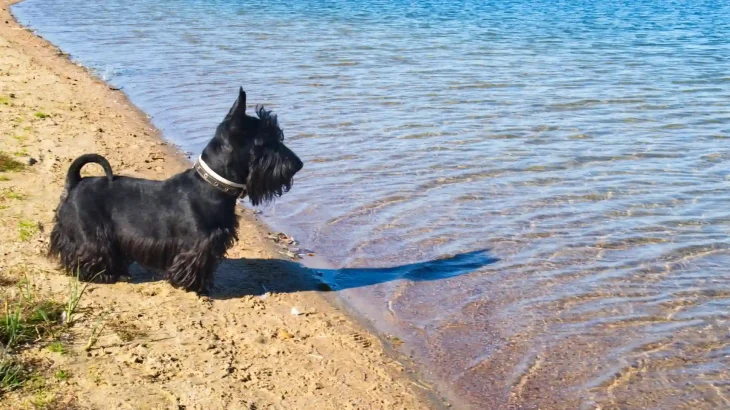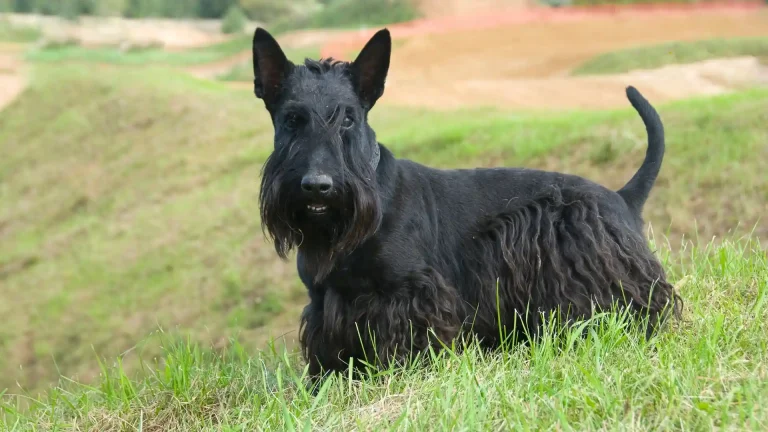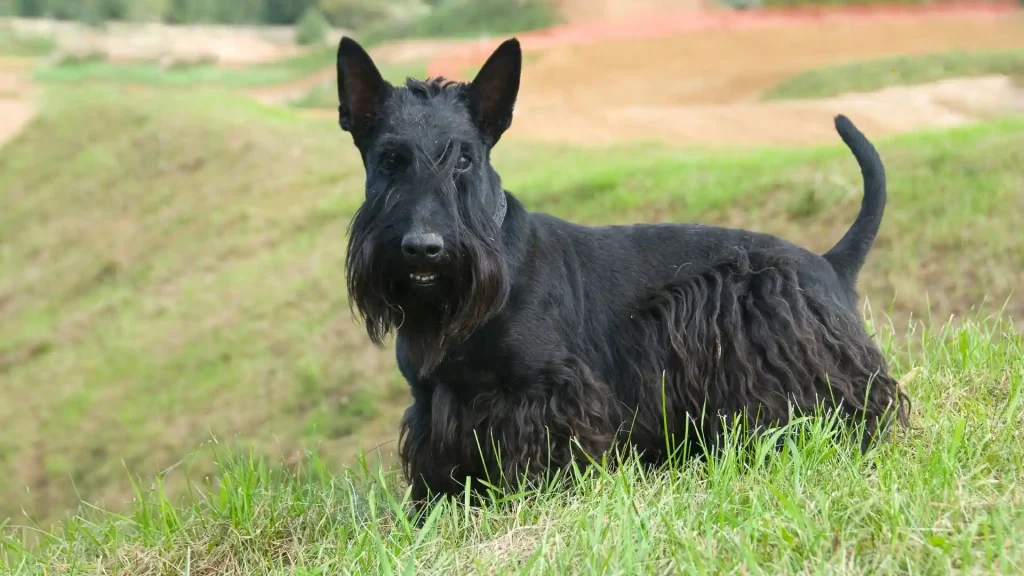Deciding whether to adopt or buy a Scottish Terrier puppy depends largely on your preferences for health transparency, cost, and supporting ethical practices. Purchasing from a breeder usually offers more detailed health and pedigree information, while adopting gives a loving dog a second chance and often costs less.
| Criteria | Buying from Breeder | Adopting from Shelter/Rescue |
|---|---|---|
| Cost | Typically higher, often several hundred to over a thousand dollars due to purebred status. | Generally lower adoption fees, frequently including some medical care like vaccinations. |
| Health History | Extensive health records and genetic screening available from reputable breeders. | Medical history may be limited or unknown, though basic health checks are standard. |
| Age Availability | Primarily puppies, letting owners raise them from the start. | Often various ages, including adults and sometimes seniors. |
| Temperament Insight | Breeders can provide insights into lineage temperament traits and behavior tendencies. | Temperament is observed behavior; full background may be unknown but shelter staff can share impressions. |
| Supporting Practices | Supports selective breeding programs; ethical breeding is important. | Contributes to animal welfare by rescuing dogs in need. |
| Breed Purity & Pedigree | Clear pedigree and breed purity documented. | May include mixed breeds or unknown pedigree. |


